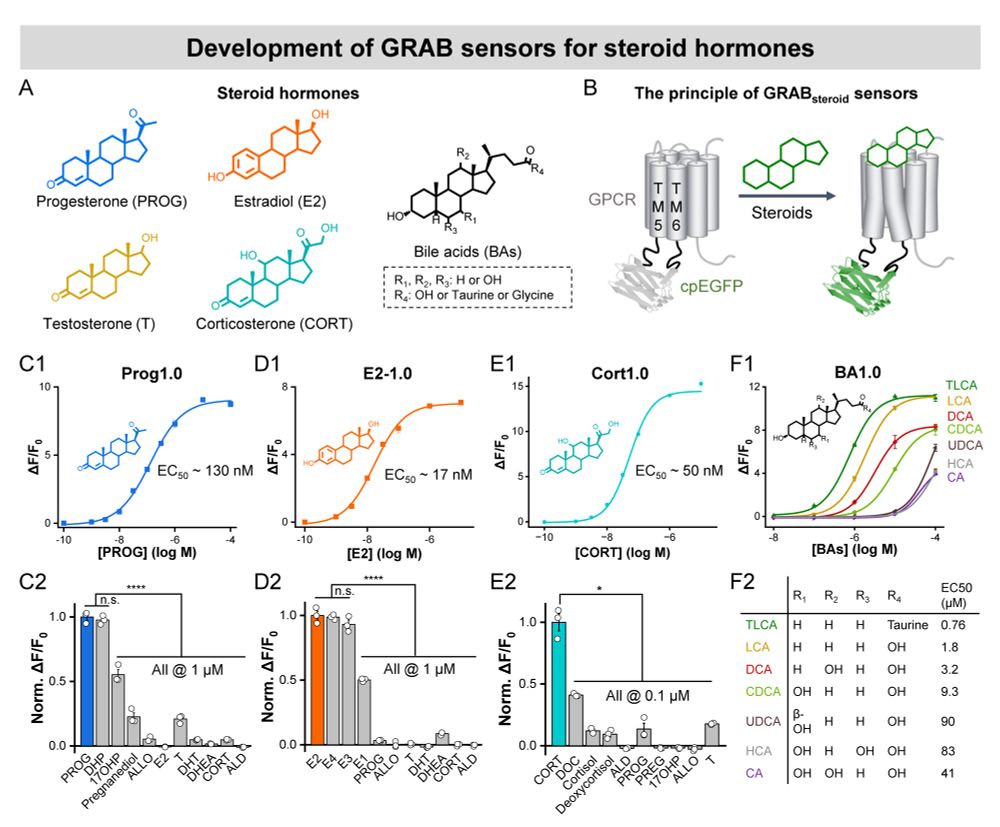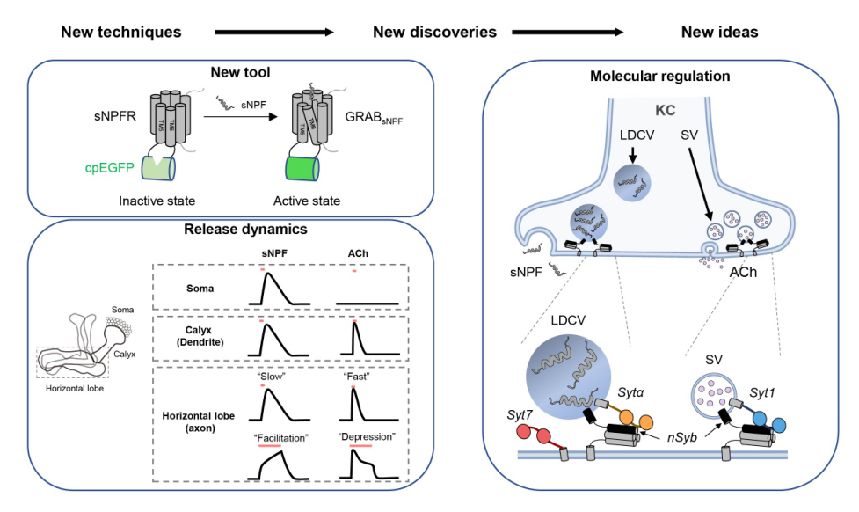

In trace fear conditioning, systemic serotonin manipulations bidirectionally shift the associable interval. Using our 5-HT3.0 sensor, we showed real-time, in vivo evidence that serotonin release patterns in vCA1 tightly track this time window.

In trace fear conditioning, systemic serotonin manipulations bidirectionally shift the associable interval. Using our 5-HT3.0 sensor, we showed real-time, in vivo evidence that serotonin release patterns in vCA1 tightly track this time window.




pacifichem.org

pacifichem.org









